History of the Canatara Cabin
The cabin has a fascinating history, and a history of moving around! The log cabin was built in Goderich in the 1830s and used as a residence for almost one hundred years. In the 1930s, the Hanna/Spaulding family bought the cabin and moved it to 1572 Lakeshore Road in Sarnia. The cabin was disassembled and the logs were numbered. It floated down Lake Huron in pieces to its new location on Lakeshore Road.
Maud Hanna owned this land with her daughter and son-in-law, Margaret and Harry Spaulding. Mrs. Hanna was a well-known local philanthropist. Her contributions to Sarnia included donating a separate parcel of land that would become Canatara Park.
Additions were made to the log cabin after 1930. The Spaulding family used it as a private summer cottage. Many notable visitors spent time there. This included Sir Frederick Banting, the Nobel laureate who co-discovered insulin. The property, including the log cabin, was sold to the family of Sarnia contractor, developer, and City Councillor Lorne Hay in about 1970.
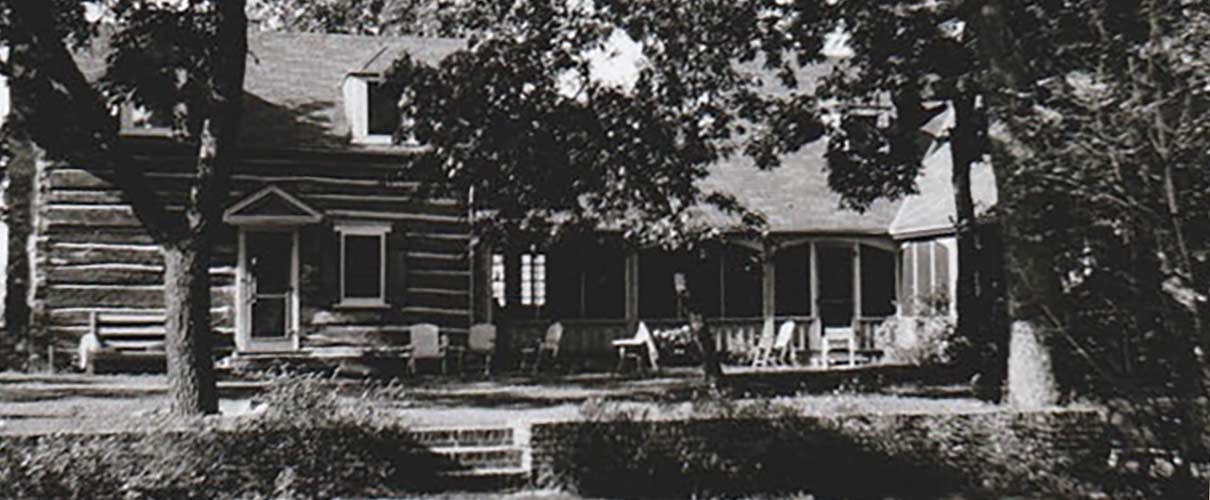
The cabin at its location on Lakeshore Road in the early 1950s. Image from the Spaulding family archives.
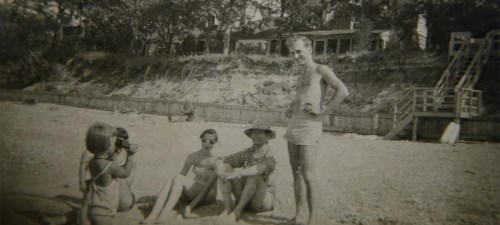
Guests enjoy visiting the Spaulding family cottage in 1955. Image from the Spaulding family archives.
In the early 1970s, rising lake waters and storm erosion left the log cabin in a precarious position. The structure was at risk of tumbling into the lake. To save the log cabin, the Hay family donated it in memory of Lorne Hay to the City of Sarnia. It was relocated to Canatara Park with the financial support of the Seaway Kiwanis Club in May 1971. The cabin became the focal point for Christmas and Easter activities in Canatara Park.
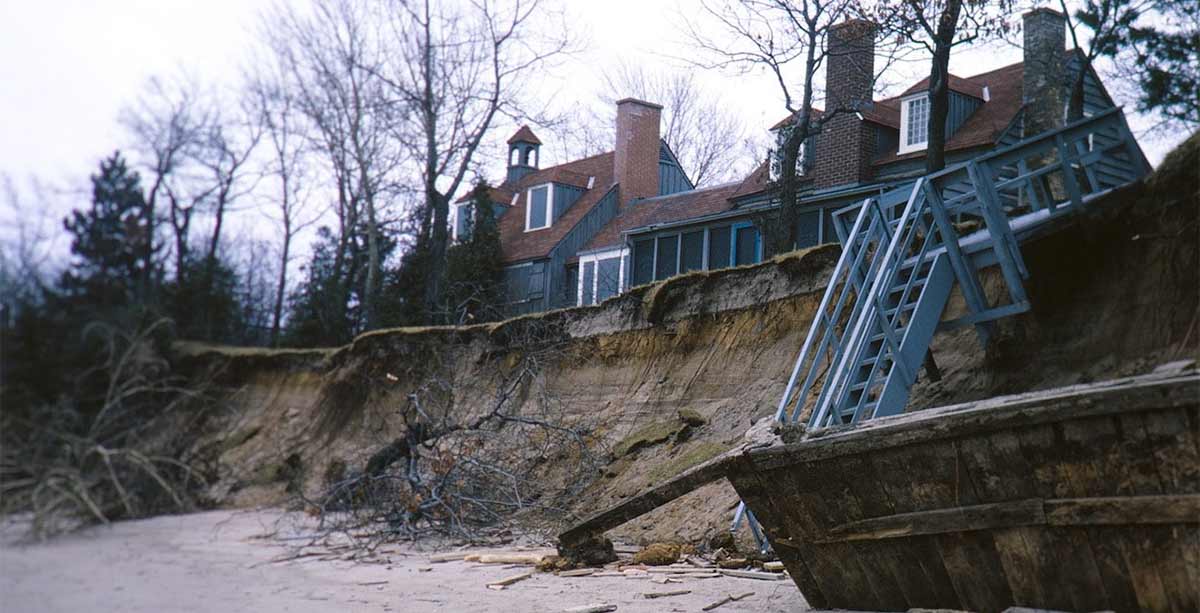
The erosion and threat to the cabin can be seen clearly in this picture from 1970. Image from Jack Spaulding's archives.
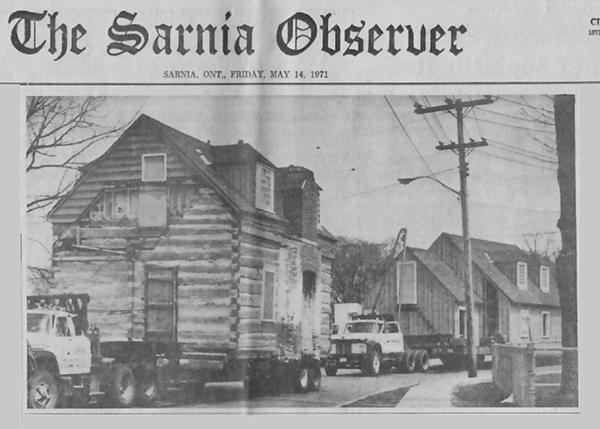
The Sarnia Observer covered the story and published pictures of the move on the front page issue, May 14, 1971.
In early 2020, the City of Sarnia Council approved an agreement with the Seaway Kiwanis Club to construct a new replica cabin in Canatara Park. This presented the opportunity to transfer ownership of the cabin to the County of Lambton and relocate it to the Lambton Heritage Museum site. The museum already features heritage structures from across Lambton County, including:
- Tudhop House (1857, formerly of Bosanquet Township)
- Cameron Presbyterian Church (1867, formerly of Euphemia Township)
- Springvale Beef-Ring Slaughterhouse (1915, formerly of Bosanquet Township)
- Ravenswood Blacksmith Shop (late 1800s, formerly of Bosanquet Township)
- Rokeby School (1899, formerly of Brooke Township).
This is the first log cabin structure at Lambton Heritage Museum. It brings to life an era not currently represented at the Museum site.
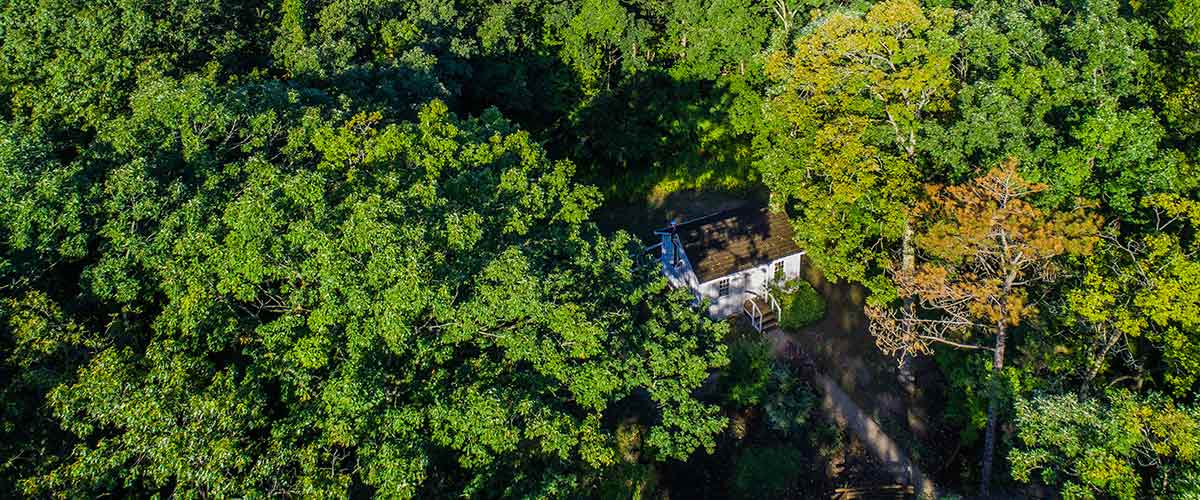
An aerial view of the Tudhop House, built in 1857. This was formerly the oldest historic building at the museum.
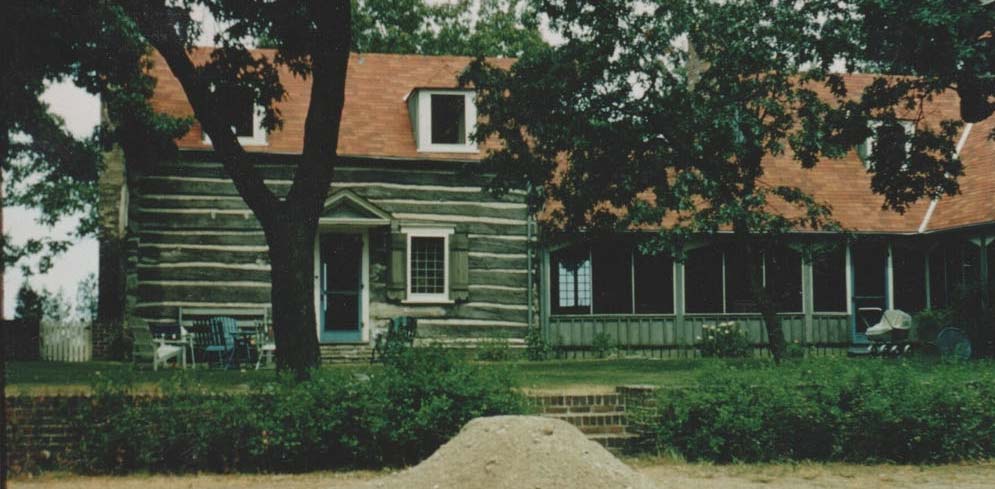
An undated picture of the cabin at its Lakeshore Road location. Image from Neil Spaulding's archives.
Virtual Talk:
Putting It Back Together Again: The Log Cabin from Canatara Park
In this talk we explore the history of this incredible building and its multiple relocations. Curator/Supervisor Dana Thorne from Lambton Heritage Museum presents in partnership with Sandi Spaulding and Roger Hay from the "Save the Canatara Cabin" committee. Sandi and Roger both have familial connections to the cabin and share interesting stories about the cabin's history. Learn more about the ongoing restoration efforts and fundraising campaign to rebuild this cabin at Lambton Heritage Museum, where it can be enjoyed by future generations.

 Subscribe to this page
Subscribe to this page